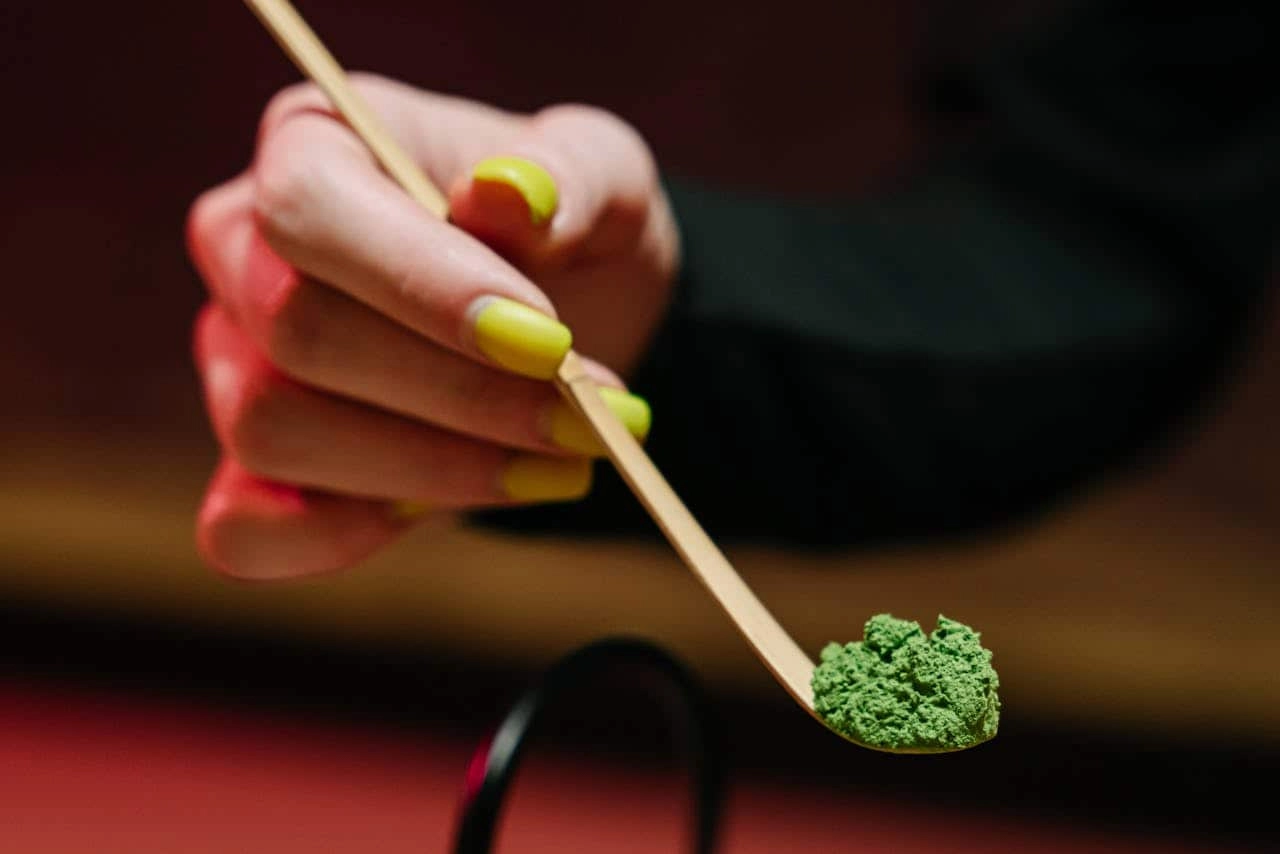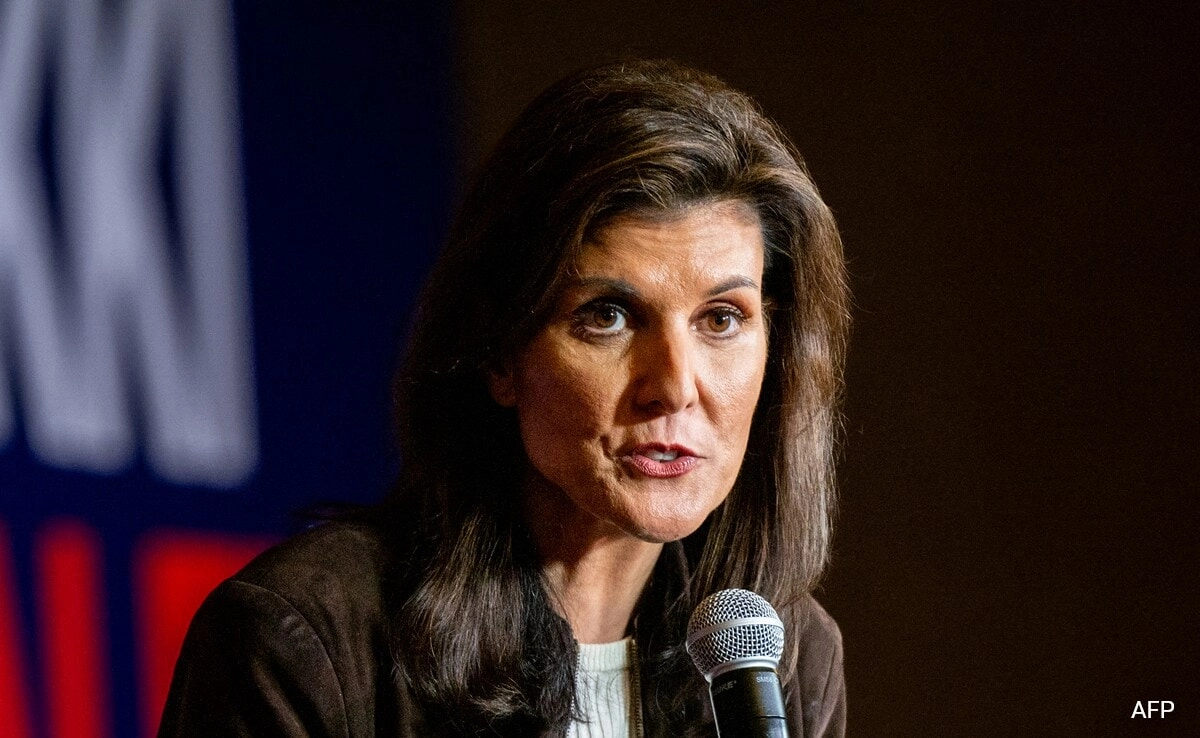The popularity of matcha, a finely ground powdered green tea originating from Japan, has surged in recent years, leading to a significant increase in its prices. This trend can be attributed to the growing global demand for matcha as more consumers become aware of its health benefits, unique flavor profile, and versatility in culinary applications. Traditionally used in Japanese tea ceremonies, matcha has now found its way into lattes, smoothies, baked goods, and even savory dishes, appealing to a broad range of health-conscious individuals and food enthusiasts alike.
The rising prices of matcha can also be linked to various factors affecting its production. The meticulous process of growing and harvesting matcha involves shading the tea plants for several weeks before harvest, which enhances the flavor and elevates its antioxidant content. This labor-intensive method, combined with the limited geographic regions suitable for cultivating high-quality matcha, has created a supply-demand imbalance. As more consumers seek authentic and premium matcha, the competition for top-grade products has intensified, driving prices higher.
Moreover, the impact of climate change and fluctuations in weather patterns have further complicated the supply chain. Adverse weather conditions can lead to reduced harvests, thereby limiting availability and pushing prices upward. As producers strive to maintain the quality of their matcha while navigating these challenges, the costs associated with cultivation and production inevitably rise. Consequently, consumers are witnessing a marked increase in the prices of popular matcha products, prompting them to consider whether the investment aligns with their health goals and culinary interests.
In summary, the soaring prices of matcha can be attributed to its skyrocketing popularity, the intricate cultivation process, and external factors affecting its supply. As matcha continues to captivate a global audience, those who wish to enjoy its benefits may need to adjust their budgets accordingly. Whether enjoyed in a traditional tea ceremony or incorporated into modern recipes, matcha remains a sought-after ingredient that reflects both a cultural heritage and contemporary wellness trends.




